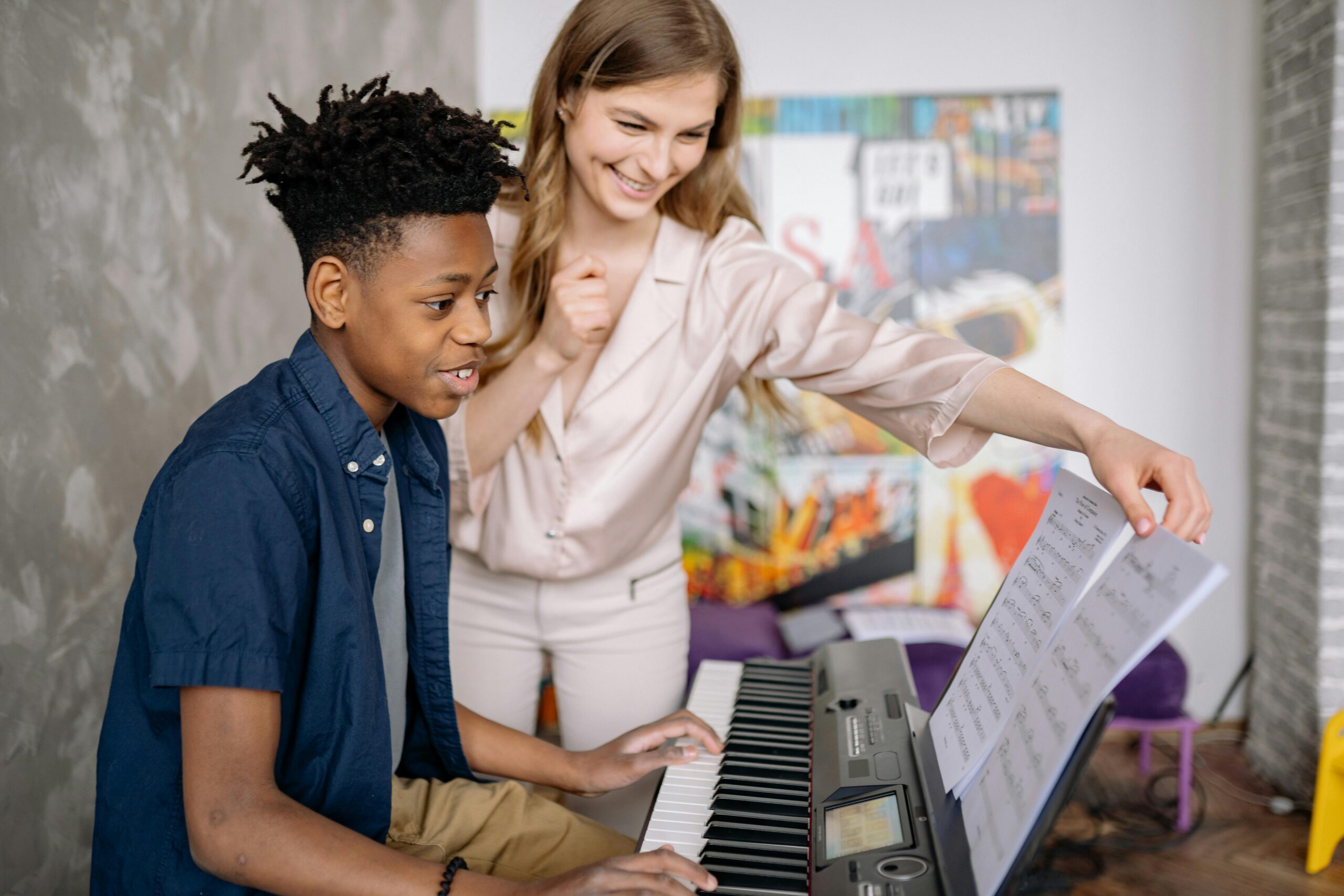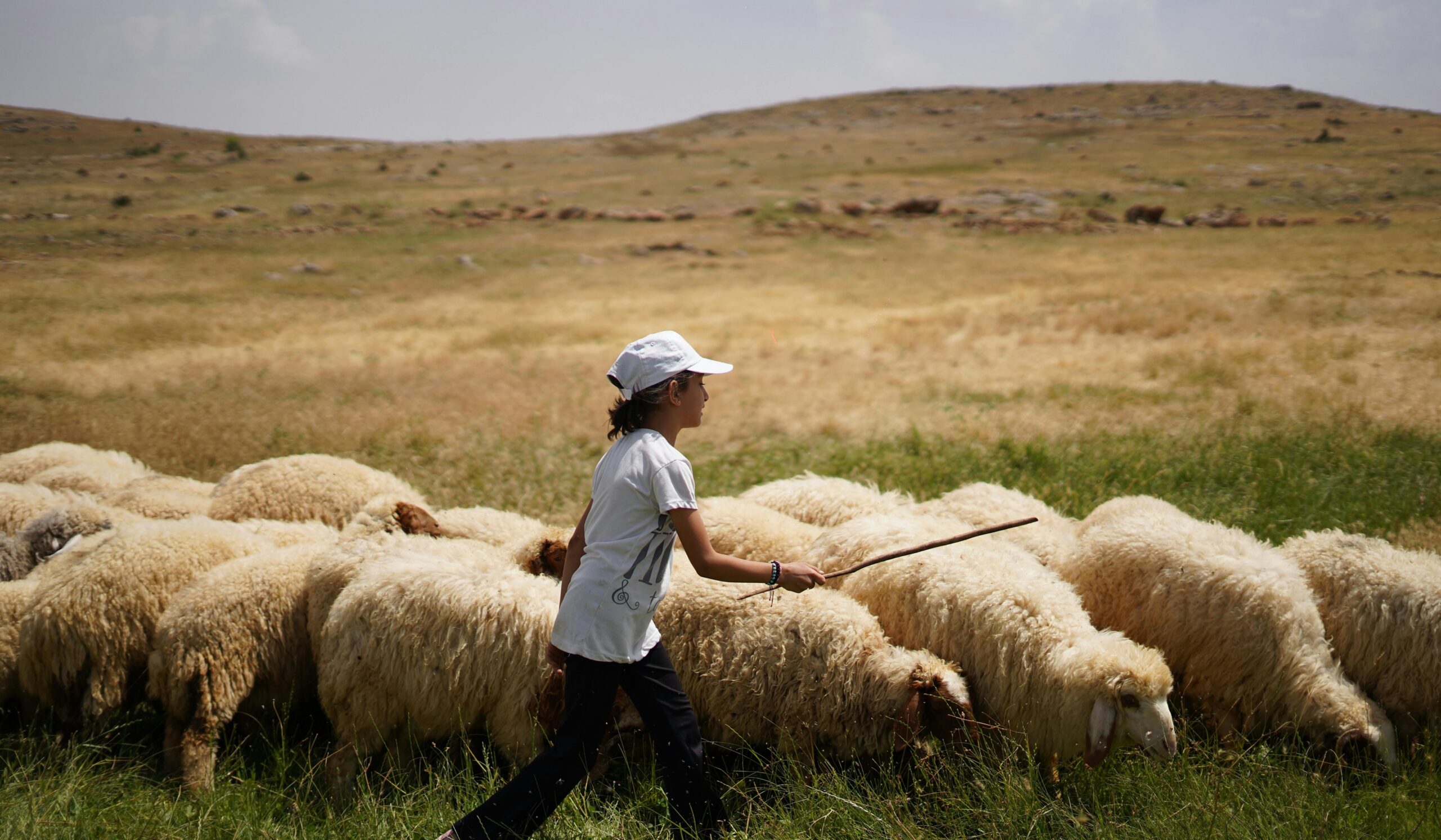
The Importance of Sensitivity in Your Student’s Empathy Skills
By: Grace Hooley
I vividly remember the first time a teacher told me I was being too sensitive.
It was sixth grade in Mrs. Troy’s social studies classroom, and we were talking about the Trail of Tears and The Native American Removal Act. As she talked about how these native people groups were brutally removed from their land, the reality of our U.S. history pierced my heart. I began to cry, and not just cry, but I began to sob uncontrollably right there in class. I simply couldn’t fathom the idea of people being treated so harmfully.
Mrs. Troy promptly ended the lesson, helped the class get started on an assignment, and called me to her desk. She very sternly told me that school was not a place to cry, and I should go to the restroom and not come back until I had composed myself.
Composure didn’t come quickly; I spent the rest of class on the bathroom floor crying. Maybe you know a student like this?

The Overlooked Gift
I don’t offer this story to paint Mrs. Troy in a negative light or claim she was in the wrong. My behavior was certainly distracting for the rest of the class. Instead, I offer my story as an example of the many times before and after that moment where I was told:
- You’re too sensitive.
- Get over it.
- Let it go.
- It doesn’t matter that much.
- No one else cares.
The list goes on and on. I’ve heard these messages from friends, parents, coaches, bosses, and teachers. I’ve been ridiculed by classmates and teased by boyfriends. Over time, I began to believe that my sensitivity toward others was a curse. It wasn’t until I read this quote by Glennon Doyle in her book Untamed that I viewed my sensitivity differently:
“The opposite of sensitive is not brave. It’s not brave to refuse to pay attention, to refuse to notice, to refuse to feel and know and imagine. The opposite of sensitive is insensitive, and that’s no badge of honor. …
In most cultures, folks like [this] are identified early, set apart as shamans, medicine people, poets, and clergy. They are considered eccentric but critical to the survival of the group because they are able to hear things others don’t hear and see things others don’t see and feel things others don’t feel. The culture depends on the sensitivity of a few, because nothing can be healed if it’s not sensed first.”
What I have realized in the months since first reading this quote is that sensitivity is not a curse; it’s a gift. It’s the ability to see and feel what others around you may not.
The Benefits of High Sensitivity in Students
Bianca Acevedo of Psychology Today revealed in a recent article that high sensitivity is often connected with better memory. Acevedo also conducted a study revealing that those with high sensitivity showed a greater response in brain regions involved in empathy, awareness, and sensory integration in response to sad facial expressions. This means that your most sensitive students might also be the best “emotional thermometers” in your classroom — helping you understand how other students are feeling.
Making Room For Sensitive Students
So, if having sensitivity is such a good thing for students, how do we help make room for this skill in our classrooms? Let me give you a few ideas.
1. Identify the students in your class who have the sensitivity superpower.
Create outlets and opportunities for students who are more naturally sensitive to share their thoughts and insights with the class. These students will serve as a guide to others in the classroom, and their peer influence will begin to create a natural bridge to understanding empathy better.
2. Reduce toxic positivity in the classroom.
On Brene Brown’s Podcast Dare to Lead, Dr. Susan David (a PhD in clinical psychology from Harvard Medical School) told Brown to write on a piece of paper the negative emotions she was feeling. Then, she told her to turn it over and write what she was grateful for. Dr. David then explained that while this practice is often well-intentioned, this form of positivity in the face of negative emotions is, in fact, toxic. It communicates that the only appropriate emotions are ones filtered through a positive lens. In order to build empathetic sensitivity in your students, you must begin to eradicate behaviors and phrases that promote a one-sided view of emotion.
3. Create checkpoints with students on how they’re doing emotionally.
It may be easier for some of your students to start with emotional self-awareness and then allow that to lead to greater sensitivity. Checking in with students and their emotional whereabouts can help to bridge the self-awareness gap and push students toward greater sensitivity. Start by making time in the day or week for an “emotions journal” where students can jot down any and all feelings they’ve had throughout the day or week.
4. Use books and stories to expand student’s sensitivity.
Take lessons and classroom material to another level by introducing an empathy exercise. After reading an excerpt, you could ask questions like:
- How do you think the character feels right now?
- Why do you think they feel that way?
- How would you feel if you were in their shoes?
- How do you feel while reading this material?
These questions will open up discussion and create a pathway for greater empathy.
We, at Growing Leaders, teach a Habitude called Golden Buddha. For years, a huge concrete Buddha sat as visitors littered cans and trash at the base of the stained statue. After some time, a priest decided to move the old statue inside to clean it. In the moving process, the statue cracked. As the pieces began to crumble, they pulled the shell away and were shocked to find the world’s largest chunk of sculptured gold, standing eight feet high.
That huge chunk of gold was always there, but no one knew it. Instead, little attention was paid to the statue, and it was even treated poorly. If only the people had recognized what was stored inside, but instead, everyone was ignorant of the valuable “inventory” the concrete shell contained.
In the same way, perhaps you have students where the gold inside them is their sensitivity and empathy for the world. May we learn to appreciate and harness it better.
For more information on our Habitudes® for Social and Emotional Learning Middle School and High School Editions, click HERE.






